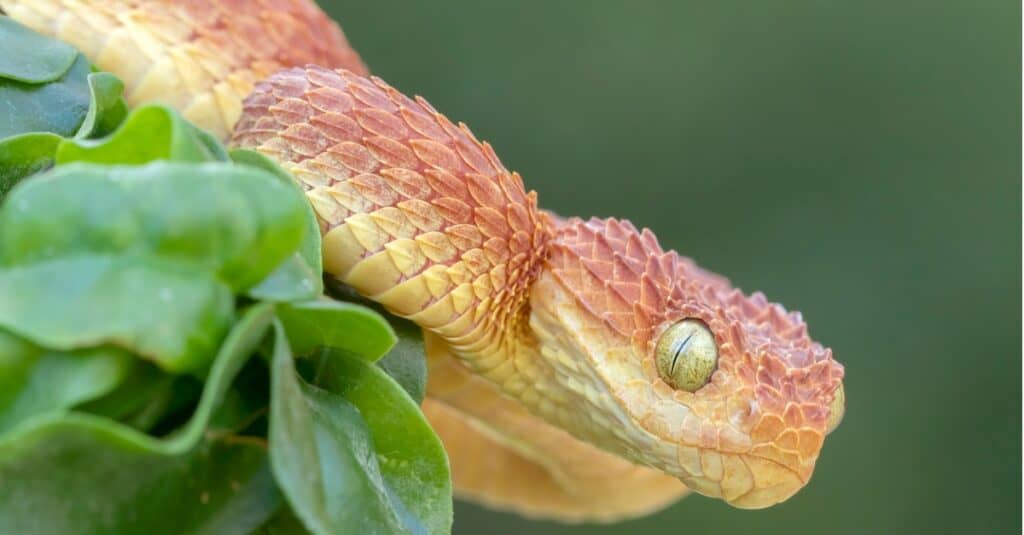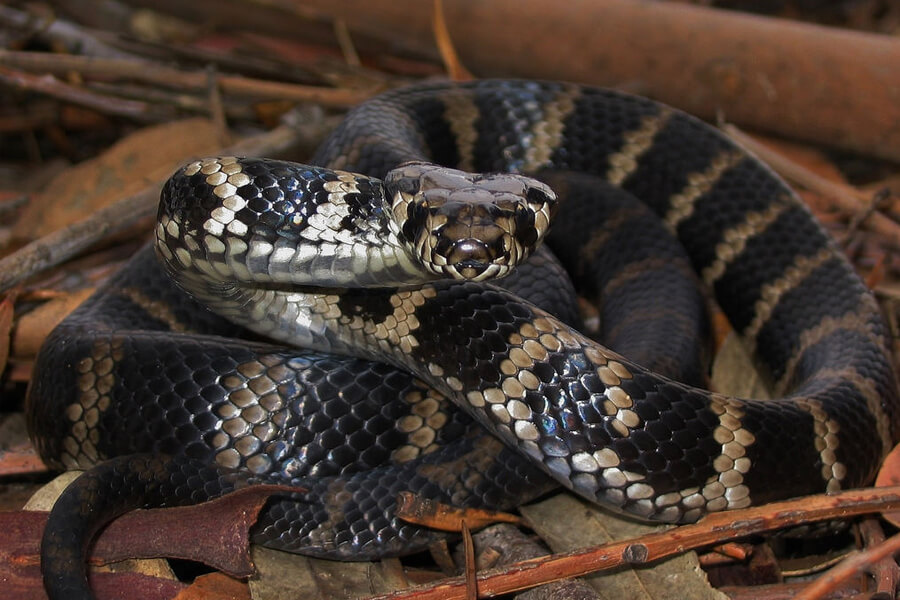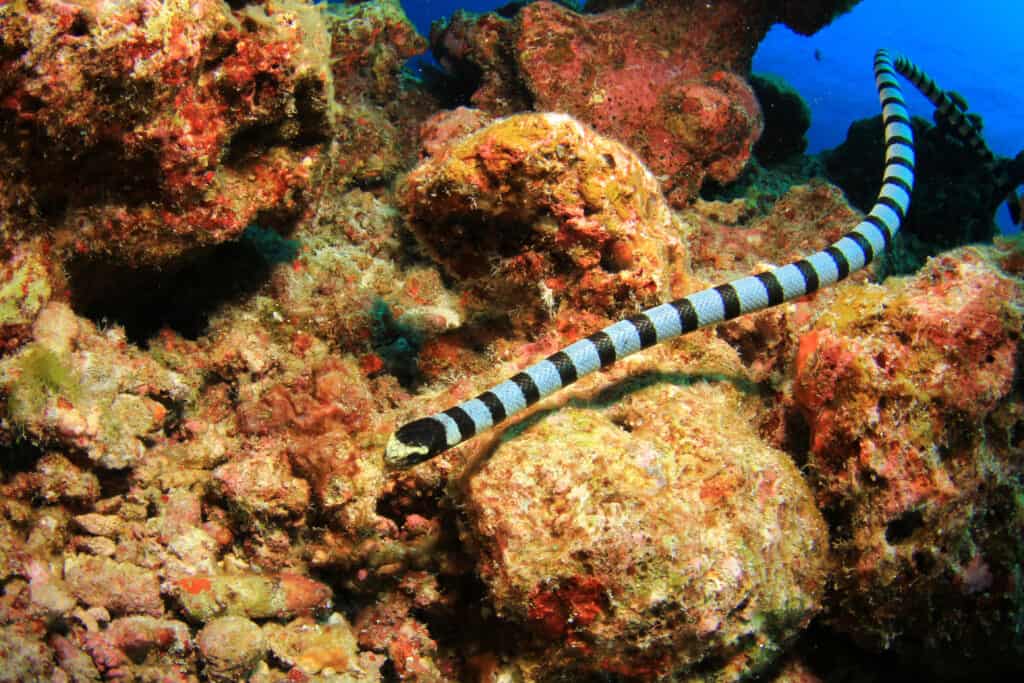Introduction
Australia is home to several of the world's most poisonous serpents, making it a hotspot for both snake enthusiasts and those who beware about venturing right into the wild. Among these, the King Brown Snake and the Tiger Snake stand out not only for their poisoning yet additionally for their unique looks and environments. In this detailed guide, we delve deep right into the qualities, habits, and emergency treatment measures associated with these 2 hazardous reptiles. Whether you're a neighborhood or a tourist exploring Australia's wilderness, recognizing these serpents can be critical for your safety.
King Brown Snakes vs. Tiger Snakes: Identifying Australia's Many Hazardous Snakes
When it comes to identifying Australia's a lot of hazardous serpents, it's essential to distinguish in between the King Brown Snake (Pseudechis australis) and the Tiger Snake (Notechis scutatus). Both species display one-of-a-kind qualities that can assist in identification and comprehending their habits.
Overview of Australian Snakes
The Diversity of Australian Snakes
Australia boasts over 170 varieties of land serpents, with a lot more discovered in marine environments. While only a handful are venomous, understanding of their qualities is vital for any person hanging out outdoors.
Common Venomous Serpent Variety in Australia
- Eastern Brown Snake Tiger Snake King Brown Snake Taipan Death Adder
Physical Attributes of King Brown Snakes
Appearance and Size
The King Brown Snake is renowned for its remarkable size, usually reaching lengths as much as 3 meters (10 feet). Its coloration varies from gold brown to dark chocolate tones, which allows it to mix perfectly right into its environment.
Behavioral Traits
These snakes are recognized for their aggressive nature when intimidated. They tend to be more energetic during warmer months and can commonly be seen basking in the sun.
Physical Characteristics of Tiger Snakes
Distinctive Markings
The Tiger Serpent gets its name from the tiger-like red stripes that decorate its body. Varying from yellowish-brown to dark olive or black, these stripes can differ dramatically amongst individuals.
Size Variation
Typically smaller than King Browns, Tiger Snakes grow up to 1.5 meters (5 feet) long however can still pose substantial threats as a result of their potent venom.

Geographical Circulation: Where Are They Found?
King Brownish Serpent Habitat
Primarily discovered across north and eastern Australia, King Browns inhabit a variety of environments ranging from woodlands to urban locations where they seek sanctuary under particles or rocks.
Tiger Snake Habitat
Tiger Serpents choose coastal regions and wetlands; they are often discovered near estuaries, swamps, and also verdant fields adjacent to water bodies.
Are Tiger Snakes Venomous? Comprehending Their Toxicity
Yes! The Tiger Snake is highly poisonous. Its bite can lead to serious symptoms such as paralysis and even fatality if left neglected. The effectiveness of its poison makes it one of Australia's most dangerous snakes.
Are King Brown Snakes Poisonous? An Exam of Their Venom
The King Brown Snake's venom has neurotoxins that influence the nervous system, bring about potentially deadly outcomes if clinical treatment is not sought immediately.
Identifying These Dangerous Serpents: Secret Differences
Coloration Patterns
- King Brown: Strong shades with variations. Tiger Snake: Distinct candy striped patterns resembling a tiger's fur.
Size Comparison
- King Brown: Longer; can rise to 3 meters. Tiger Snake: Normally much shorter; max length around 1.5 meters.
Behavior: How Do They Respond When Threatened?
Both serpents display defensive habits; nevertheless:
- The King Brown often tends to strike even more aggressively. The Tiger Snake may pull back yet will certainly safeguard itself if cornered.
Habitat Preferences: Exploring Their Settings Further
Understanding where these serpents prosper aids in staying clear of encounters:
How to identify Australia's deadliest snakes- King Browns support drier areas with sufficient cover. Tiger Snakes flourish near water resources where food is plentiful.
First Help for a Snake Bite: What You Required To Know?
In instance of a snake bite, prompt activity is vital:
Remain as calm as possible. Immobilize the impacted limb. Seek clinical focus immediately. Avoid utilizing ice or reducing the wound.First Aid Sets for Serpent Bites
Creating a well-stocked emergency treatment set can conserve lives:


- Elastic plasters Pain relief medication Antiseptic wipes Emergency contact information
What to Do If Bitten by a King Brown or Tiger Snake?
If bitten by either serpent:
Call emergency solutions immediately. Keep the sufferer calm; motion raises poison spread. Apply stress bandages above the bite website without removing circulation. Do NOT effort suctioning out venom or applying ice packs.Common False impressions Regarding Australian Snakes
Misunderstandings abound pertaining to these creatures:
- Many think all snakes are aggressive; however, most like trip over fight.
FAQs Regarding King Browns and Tiger Snakes
1. What Should I Do If I See a King Brown or Tiger Snake?
Remain still; permit it area to move away before very carefully leaving the location yourself.
2. Exactly How Can I Recognize A Baby Tiger Snake?
Baby tiger snakes generally exhibit similar red stripes as grownups yet are significantly smaller-- typically around 30 cm (12 inches) long at birth.
3. What Are Common Symptoms After A Bite?
Symptoms might include swelling at the bite website, nausea, problem breathing, confusion, or loss of consciousness-- seek prompt clinical support if experienced.
4. Exists Antivenom Available For These Bites?
Yes! Antivenoms exist for both King Brownes and Tiger tasmanian snakes Snakes-- punctual clinical treatment raises survival prices dramatically.
5. How Can I Avoid Experiences With These Snakes?
Avoid tall grass when treking and constantly wear boots while in snake-prone locations-- stay alert!
6. Exist Any Type Of Certain Emergency Treatment Procedures For Each Type?
More helpWhile general emergency treatment applies broadly throughout both kinds of attacks-- specific indications may vary based on each serpent's distinct venom make-up so constantly err on side caution!
Conclusion
Understanding how to recognize and respond suitably when experiencing Australia's a lot of hazardous snakes like the King Brown and Tiger Snakes can imply life or fatality in critical situations. Understanding paired with proper first aid expertise creates a crucial part of appreciating Australia's varied all-natural landscape securely. Constantly remember that regard towards wild animals adds substantially towards preservation initiatives while guaranteeing our safety and security remains vital too!